Glass—it’s not just for windows anymore. It’s one of the most versatile building materials, blending seamlessly into any design style while adding a touch of elegance and sophistication.
Whether it’s the futuristic vibe of a tech-savvy office or the cozy warmth of a sunlit living room, the use of glass enhances the aesthetic value of any space. Its versatility is unmatched, offering a range of textures, colors, and finishes that cater to every designer’s whim.
The Many Uses of Glass
Glass Facades and Building Exteriors
Step aside, concrete jungle—a new era of urban architecture has arrived, and it’s clad in glass. Glass facades have become the hallmark of contemporary design, transforming city skylines into dazzling displays of modernity and innovation. These transparent giants offer stunning vistas and serve as a reflection of the architectural genius behind them. Here’s how glass facades are changing the face of modern buildings:
- Maximizing Natural Light: Glass facades allow for maximum sunlight penetration, reducing the need for artificial lighting and creating a more sustainable building design.
- Energy Efficiency: Modern glass technology has made it possible to create energy-efficient facades that reduce heat transfer and maintain comfortable indoor temperatures.
- Improved Ventilation: Some glass facades are designed to open up, promoting better air circulation and increasing the flow of fresh air into buildings.
Interior Design Applications
Glass isn’t just limited to the exterior of buildings; it plays a significant role in interior design, bringing a sense of elegance, modernity, and functionality to various spaces. The versatility of glass allows it to be used in a wide range of applications, enhancing both the aesthetics and utility of interior spaces. Whether it’s creating an open, airy atmosphere or making a bold design statement, glass elements can transform interiors in truly beautiful ways.
- Staircases and Railings: Glass staircases and railings offer a sleek and modern look while also providing safety features such as non-slip surfaces.
- Partition Walls: Glass partition walls create a sense of openness, allowing natural light to flow through different areas of a building while still maintaining privacy.
- Decorative Elements: From statement pieces like glass chandeliers to smaller details like glass cabinet doors, incorporating glass into interior design adds a touch of sophistication and visual interest.
Glass Flooring
Glass flooring is becoming an increasingly popular choice for those looking to create a bold and modern aesthetic in both residential and commercial spaces. The use of glass as a flooring material introduces an element of transparency, light, and elegance that can transform a room into a unique visual experience.
- Modern Aesthetic: Glass flooring creates a sleek, contemporary look that adds elegance and sophistication to any space.
- Enhanced Light Diffusion: Allows natural light to flow through different areas, brightening interiors and creating an inviting atmosphere.
- Versatility in Application: Suitable for high-traffic areas like walkways, bridges, and mezzanines, where both style and safety are essential.
- Safety and Durability: Designed to bear substantial loads and withstand wear, making them ideal for both residential and commercial environments.
One of the standout options for those interested in glass flooring is Circle Redmont®’s SolarWhite™ Glass Block & Metal Systems. These systems are specifically designed to offer excellent light diffusion, making them ideal for applications such as walkways, bridges, and mezzanines.
Decorative Glass Elements
Glass is a versatile medium that has become increasingly popular for creating custom art pieces, sculptures, and installations that serve as eye-catching centerpieces in both public and private spaces.

- Custom Art Pieces and Sculptures: Glass can be used to create stunning, large-scale sculptures in lobbies or intricate installations in more intimate settings, serving as a focal point that captivates viewers.
- Interactive Installations: Glass elements combined with water, light, or digital media, as seen in the Crown Fountain, can create dynamic and interactive experiences.
- Versatility in Design: Glass can be tailored to fit various styles, making it suitable for different settings, from modern corporate environments to contemporary residential spaces.
One notable example of glass as a decorative element is Chicago’s iconic Crown Fountain, installed by Circle Redmont®. This world-renowned public art installation in Millennium Park features two 50-foot glass block towers that project digital videos of Chicagoans’ faces, incorporating both water and light to create a mesmerizing effect.
Looking For More Home Uses of Glass? Use Circle Redmont®
Whether it’s the grandeur of skyscrapers or the subtle elegance of a home interior, glass has become a tapestry in modern design, proving that it’s much more than just a functional element. Its versatility, elegance, and ability to transform spaces make it an indispensable material in the world of architecture and design.
If you’re ready to explore how glass can transform your space, consider partnering with experts like Circle Redmont®. Our innovative products and expertise can help you bring your vision to life, creating a space that’s as unique as you are.


